There are many variations of kimono obi depending on its type and design. We will introduce the types of typical kimono obi, how to tie them, and the culture!
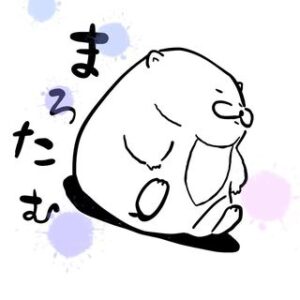
This time, we will focus on the obi, which is an essential part of a yukata!
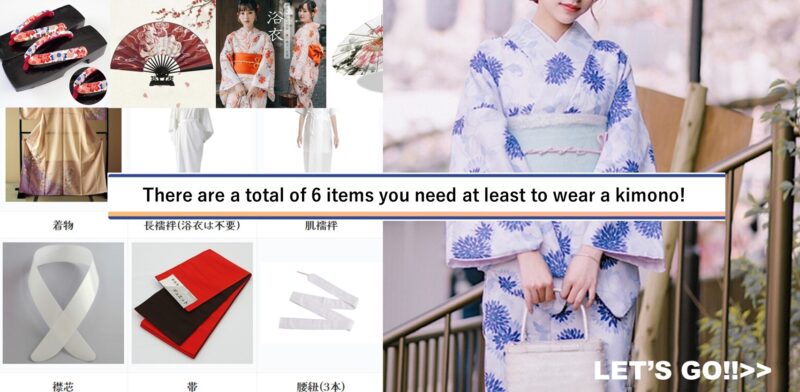
table of contents
- Basic knowledge of kimono obi
- Types and characteristics of obi
- Beautiful knots and their meanings
- Relationship between obi material and seasons
- Essence related to obi
- summary
The traditional Japanese kimono has attracted attention from all over the world for its delicate beauty and elegant charm. The obi plays a particularly important role in this traditional costume. The obi has a presence like a work of art in coordinating the entire kimono, and symbolizes Japanese culture and aesthetic sense.
The obi is more than just an accessory. Its intricate weaving patterns and delicate colors are the result of Japanese tradition and craftsmanship, and carry history and culture. The elegance and beauty of the kimono is due to the unique charm of the obi.
[Yukata set] Yukata + gloves + socks + collar core crane pattern summer kimono[Dedicated page for shipping outside of Japan]
[Size] 2 types: S and M Recommended height (S 155-165cm…
Basic knowledge of kimono obi
We will explain the basic knowledge about the obi, which is essential for wearing a kimono.
1. Origin of obi
Obi has existed as an essential item in Japanese kimono culture since ancient times. Its origins date back to the Nara period, and at first it served as a mere accessory. However, as time progressed, the obi changed from being merely functional to an accessory with artistic and cultural elements.
2. Evolution and design of obi
In the Edo period, obi designs diversified, and a variety of styles appeared, from luxurious and delicate ones to simple ones that were easy to use on a daily basis. Thanks to the skilled techniques of the craftsmen, the weaving patterns and colors of the obi have become even more beautiful, and the historical value of each obi has also increased.
The role and significance of the combination of kimono and obi
1. Enhancement of beauty
The kimono and obi work together in harmony to create a beautiful ensemble. By combining the kimono’s patterns and colors, the obi plays the role of creating a balance and enhancing the beauty of the kimono.
2. How to choose according to politeness and the situation
The type of obi and the way it is tied differ depending on various scenes and occasions. The obi is also associated with Japan’s polite culture and manners, such as the formal obi being used for formal occasions, and the Nagoya obi or half-width obi being chosen for casual occasions.
3. expression of individuality
The design of the obi and the selection of materials are ways to express the individuality of the person wearing the kimono. Depending on how you choose and tie different obi belts, the same kimono can reveal your personality and tastes, expanding the fun of fashion.
Types and characteristics of obi
Japanese kimono★Yukata 4-piece set for adults Obi and obijime set! pink free size[Dedicated page for shipping outside of Japan]
■This product is exclusively for shipping outside of Ja…
Nagoya obi
The Nagoya obi is one of the most common and widely used obi in Japanese kimono culture. Its characteristics are as follows.
- simplicity of design: Nagoya obi is simpler than other obi and is perfect for everyday use. It is especially popular at work and in casual everyday situations.
- Easy-to-understand knotting method: The Nagoya obi is easy to tie, making it easy to wear even for first-time kimono wearers.
- Can also be used as a hanger: The Nagoya obi can also be used as an attachment, so you can enjoy coordinating it with different kimonos.
Fukuro obi
Fukuro obi is known as an obi suitable for formal occasions and luxurious attire. Its characteristics are as follows.
- Sophistication of weaving: Fukuro-obi is made with high-quality weaving techniques and is characterized by detailed and beautiful patterns. Many gorgeous designs using gold and silver thread can be seen.
- Formal use: Fukuro-obi is often used for formal occasions such as weddings and tea parties, and its formal design makes it even more glamorous.
- Suitable for Tomesode and Visiting Kimono: Fukuro-obi goes well with formal kimonos such as tomesode and homongi, and is generally worn with these outfits.
Half-width belt
The half-width obi is an obi that can be easily arranged to match modern fashion. Its characteristics are as follows.
- wide width: As the name suggests, half-width obi has a wide obi and is characterized by its unique design. Although it is a wide obi, it is characterized by being easier to handle compared to other obi.
- suitable for casual style: Due to its design and width, the half-width obi is easy to match with casual kimono styles, making it especially popular among the younger generation.
- Easy to arrange: It can be arranged to match modern styling, so it goes well with Western-style accessories and modern-designed kimonos.
All 20 colors! Japanese half-width obi, plain, reversible, 20 colors, stylish yukata obi[Dedicated page for shipping outside of Japan]
Width: Approx. 16.5-17.5cm Length: Approx. 3.8-4m polye…
Beautiful knots and their meanings
Kawarimusubi
“Kawarimusubi” is a casual knot that gives a unique and fashionable impression.
- Characteristics of how to tie: Unlike the usual way of tying, the unique style of tying the obi is an arrangement, which is the charm of this tying knot.
- casual impression: The unique way it is tied gives it a casual look, making it suitable for everyday wear or casual events.
- Express your personality: When styling a kimono, kimono knots are a great way to express your individuality.
Hanamusubi
“Hanamusubi” is a way of tying to create a feminine and glamorous look.
- Characteristics of how to tie: The knot is inspired by a beautiful flower, and its distinctive design resembles a flower blooming on the obi.
- Bring out your femininity: It gives a gorgeous and elegant impression and enhances your femininity. It goes particularly well with formal kimonos such as tomesode and colored tomesode.
- various variations: There are many different styles and variations of flower knots, and you can arrange them to suit the season or event.
Tsurukamemusubi
“Tsurukamemusubi” is a formal knot that symbolizes wishes for good luck and longevity.
- Characteristics of how to tie: The unique style of tying the obi in the shape of a crane and turtle represents traditional Japanese symbols.
- wish you good luck and long life: The crane symbolizes happiness and prosperity, and the turtle symbolizes longevity and health, and this way of tying the knot has auspicious meaning.
- Suitable for a high-class kimono: The Tsurukame knot goes well with formal kimonos such as fukuro obi and tomesode, and is a style suitable for special occasions and celebrations.
Relationship between obi material and seasons
Silk obi
“Silk obi” is characterized by its gorgeous and formal luster, adding an elegant touch to your kimono attire.
- brilliant luster: The silk obi has its own luster, giving the entire kimono an elegant and glamorous atmosphere.
- Suitable for high-class occasions: Silk is a high-quality material and goes perfectly with formal kimonos such as fukuro-obi and tomesode. Suitable for formal wear such as weddings and celebrations.
- Careful storage and handling: Silk is a delicate material, so it is sensitive to moisture and sunlight, and requires extreme care when storing and handling. Protect it from moisture and insects by storing it in a special case or bag.
synthetic fiber obi
“Synthetic fiber obi” is easy to handle and can be enjoyed easily.
- easy to care for: The big advantage of synthetic fibers is that they don’t wrinkle easily and are easy to care for. Suitable for everyday use and casual occasions.
- light and comfortable: Since it is a lighter material than silk, it is less of a burden when worn and can be enjoyed casually.
- Versatile designs and affordable prices: Synthetic fibers are easy to dye, so you can enjoy a wide variety of designs, and they are affordable. You can easily arrange it according to the season and coordination.
It is important to choose both materials depending on the season and the occasion you will wear them. Silk obi are suitable for formal occasions and cold seasons, while synthetic obis are recommended for casual occasions and warmer seasons. By choosing the material according to your taste and style, you can enjoy kimono even more.
Width Obi Yukata Obi Reversible Women’s Yukata Accessories Black and White Floral Pattern[Dedicated page for shipping outside of Japan]
■This product is exclusively for shipping outside of Ja…
Essence related to obi
~The skills and passion of obi craftsmen who support kimono culture~
1. The skill and artistry of obi craftsmen
Obi craftsmen are building the foundation of kimono culture with their delicate techniques and artistry. They have undergone long training and have honed their techniques to create detailed patterns and colors. The production of the obi is done by hand by craftsmen, and each piece is filled with the craftsman’s passion and commitment.
2. Fusion of tradition and innovation
While obi craftsmen value traditional techniques, they also challenge new ideas and designs. As a result, beautiful obi obis are created that combine tradition and innovation, and kimono culture continues to evolve. Thanks to the efforts of craftsmen, obi obi is not just a part of clothing, but is also valued as a work of art.
Points to note when choosing and handling obi
1. How to choose an obi
- Harmony with kimono: It is important that the obi matches the kimono. By choosing an obi that matches the kimono’s pattern, color, and seasonal feel, you can create a beautiful coordination.
- Types and scenes of obi: Fukuro obi is suitable for formal occasions, but Nagoya obi or half-width obi are suitable for casual occasions. Consider choosing an obi depending on the occasion.
2. Be careful when handling the obi
- storage: Obi obi are often made of silk or other delicate materials, so care must be taken when storing them to protect them from moisture and sunlight. Store it in a special case or bag.
- cleaning: Obi obi easily get dirt and stains, so when cleaning it, you should either ask a professional to clean it or use a method that is suitable for the obi material.
- Changing the knot: By changing the way you tie the obi, you can change the impression even with the same obi. However, it is important to be gentle so as not to damage the delicate material.
By understanding the essence of the obi, you can enjoy the deeper enjoyment of kimono while respecting its beauty and cultural background.
summary
Attachment to the beauty and culture of the kimono obi
The kimono obi is a wonderful accessory that combines Japanese tradition and aesthetic sense. Its beauty is rooted in the skill and artistry of its craftsmen, as well as in Japanese culture and tradition. The obi is not just a part of clothing, but an important element that symbolizes Japan’s beautiful kimono culture.
Enjoy finding your own style through obi variations and tying methods.
There are many variations of obi, such as Nagoya obi, Fukuro obi, and half-width obi, each with its own charm. In addition, the impression changes depending on how you tie it, and you can enjoy it according to different scenes and seasons. In order to express your own individuality and preferences, you can find the joy of finding your own style through kimono by choosing and tying the obi obi carefully.
The kimono obi is not just an accessory, it is a special item that embodies Japanese history and culture. By experiencing its beauty and deepening your attachment to kimono culture, you can enjoy the wonderful fashion that combines Japanese tradition and modernity through obi. Please enjoy the delicate and unique charm of the obi, find your own style, and fully enjoy the splendor of kimono.
-
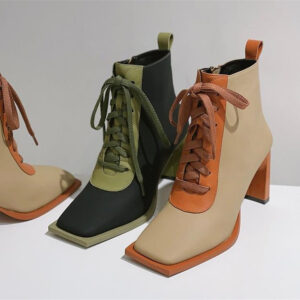 マーチャンダイズ レースアップ スクエアトゥ 太いヒール ショートブーツ 2色¥6,120
マーチャンダイズ レースアップ スクエアトゥ 太いヒール ショートブーツ 2色¥6,120 -
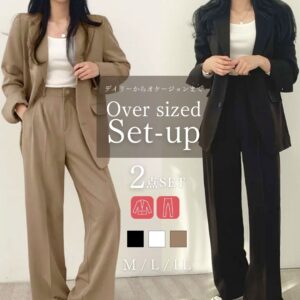 スーツ カジュアル レディース 上下セット オフィススーツ 全3色¥5,999
スーツ カジュアル レディース 上下セット オフィススーツ 全3色¥5,999 -
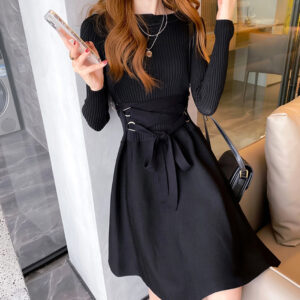 フレアミニワンピース リブニット クルーネック Aライン 黒¥4,990
フレアミニワンピース リブニット クルーネック Aライン 黒¥4,990 -
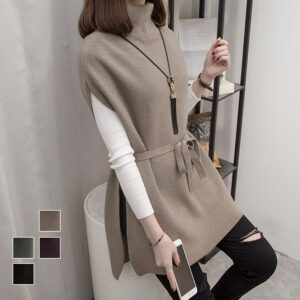 ニットプルオーバー ベスト チュニック ノースリーブ 韓国風 4色¥3,999
ニットプルオーバー ベスト チュニック ノースリーブ 韓国風 4色¥3,999 -
 細見えデニムパンツ ハイウエスト デニムスキニー ロングスリムパンツ 2色¥6,207
細見えデニムパンツ ハイウエスト デニムスキニー ロングスリムパンツ 2色¥6,207 -
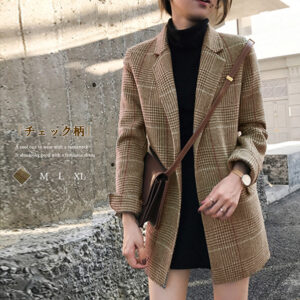 グレンチェックジャケット トップス オフィスカジュアル コート¥6,208
グレンチェックジャケット トップス オフィスカジュアル コート¥6,208 -
 大人可愛いカシュクールニット リブワンピース インナーワンピにも! 8色¥4,872
大人可愛いカシュクールニット リブワンピース インナーワンピにも! 8色¥4,872 -
 ツイード風 Aラインスカート ショート丈 韓国ミニスカート美脚¥4,255
ツイード風 Aラインスカート ショート丈 韓国ミニスカート美脚¥4,255 -
 ロゴトレーナー 韓国風Tシャツ 体系カバービッグシルエット ワンサイズ 3色¥2,920
ロゴトレーナー 韓国風Tシャツ 体系カバービッグシルエット ワンサイズ 3色¥2,920 -
![Happi coat, Hannya pattern, white black letters, perfect for summer festivals and Japanese clothing! korean fashion[Dedicated page for shipping outside of Japan]](https://rond100.com/wp-content/uploads/2024/02/17963485_0-300x300.jpg) Happi coat, Hannya pattern, white black letters, perfect for summer festivals and Japanese clothing! korean fashion[Dedicated page for shipping outside of Japan]¥6,822
Happi coat, Hannya pattern, white black letters, perfect for summer festivals and Japanese clothing! korean fashion[Dedicated page for shipping outside of Japan]¥6,822 -
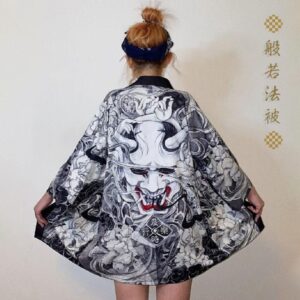 法被 般若柄 ホワイト黒字 夏祭りや和装に!韓国ファッション¥6,822
法被 般若柄 ホワイト黒字 夏祭りや和装に!韓国ファッション¥6,822 -
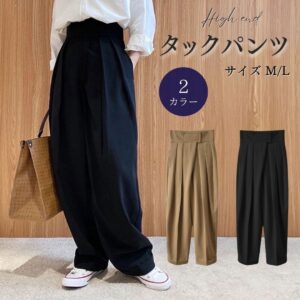 ワイド タックパンツ レディースk-popファッション 韓国 Korean ビッグシルエット 2色¥5,999
ワイド タックパンツ レディースk-popファッション 韓国 Korean ビッグシルエット 2色¥5,999 -
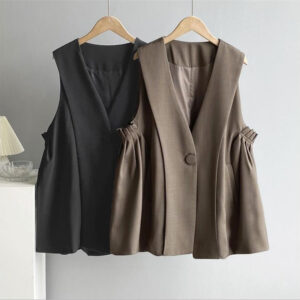 ゆったり着れる ストレートベストコート シングルボタン 袖なし 無地¥6,112
ゆったり着れる ストレートベストコート シングルボタン 袖なし 無地¥6,112 -
 ワイド ドレープパンツ 無地 ウエストゴム ハイウエストスラックス脚長¥3,999
ワイド ドレープパンツ 無地 ウエストゴム ハイウエストスラックス脚長¥3,999 -
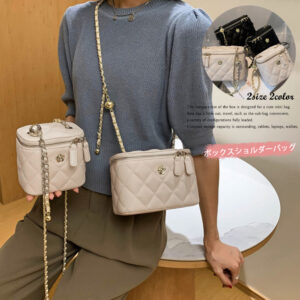 ミニチェーンバッグ レディース ショルダーバッグ キルティング 軽量バッグ 肩掛け¥3,999
ミニチェーンバッグ レディース ショルダーバッグ キルティング 軽量バッグ 肩掛け¥3,999 -
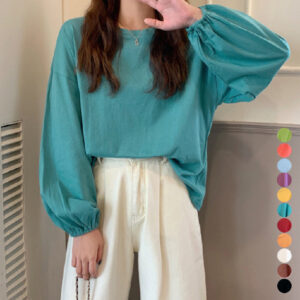 ラウンドネック 長袖 カラーTシャツ ドロップショルダー 11色¥1,995
ラウンドネック 長袖 カラーTシャツ ドロップショルダー 11色¥1,995

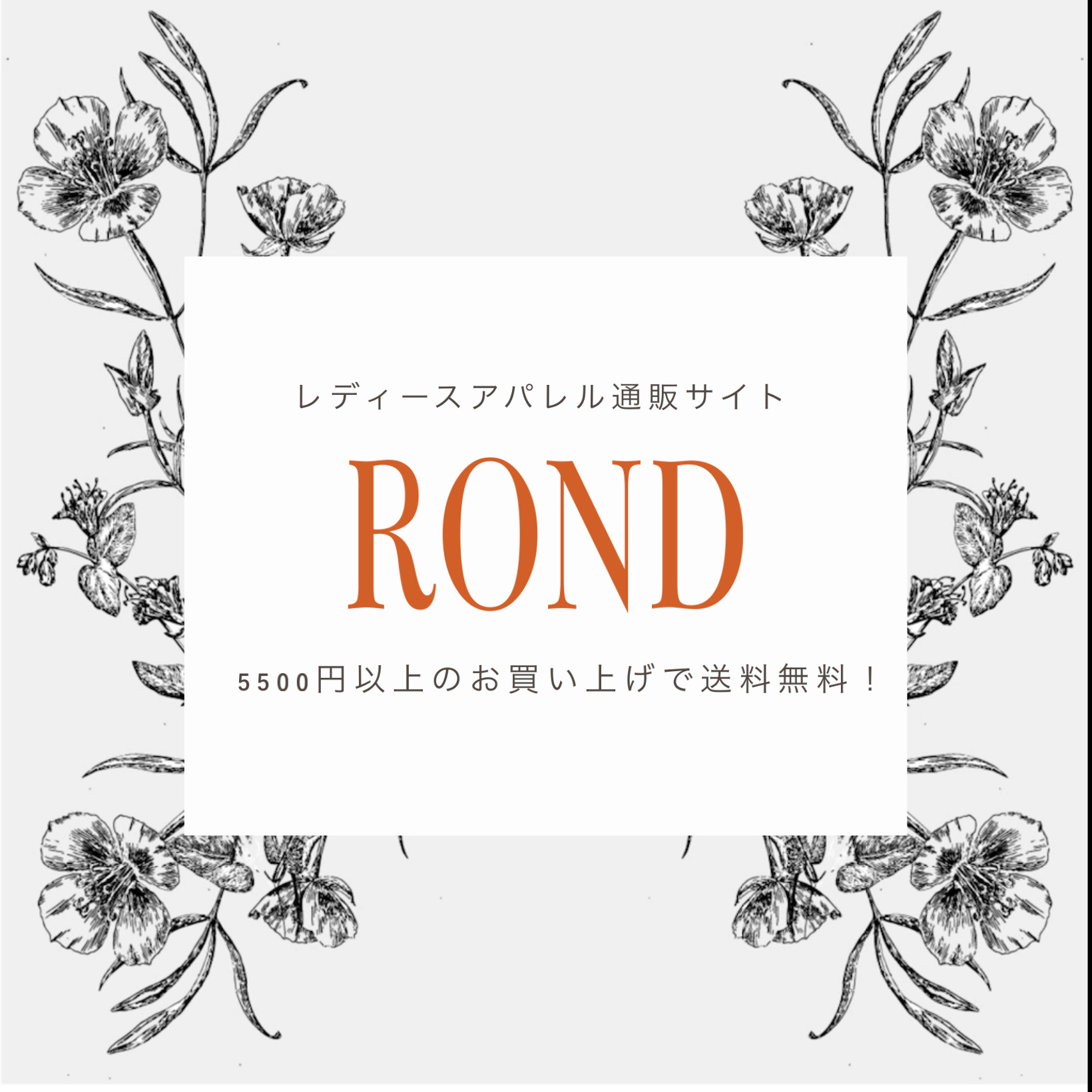
![[Yukata set] Yukata + gloves + socks + collar core crane pattern summer kimono[Dedicated page for shipping outside of Japan]](https://rond100.com/wp-content/uploads/2024/01/46522295eb205179449d352fd5186a28-600x601.jpg)
![Japanese kimono★Yukata 4-piece set for adults Obi and obijime set! pink free size[Dedicated page for shipping outside of Japan]](https://rond100.com/wp-content/uploads/2023/07/1-1-600x600.png)
![All 20 colors! Japanese half-width obi, plain, reversible, 20 colors, stylish yukata obi[Dedicated page for shipping outside of Japan]](https://rond100.com/wp-content/uploads/2024/01/yukataobi-1-600x601.jpg)
![Width Obi Yukata Obi Reversible Women's Yukata Accessories Black and White Floral Pattern[Dedicated page for shipping outside of Japan]](https://rond100.com/wp-content/uploads/2023/07/466c7f5eb612de9ea01cb568aa530c13.jpg)